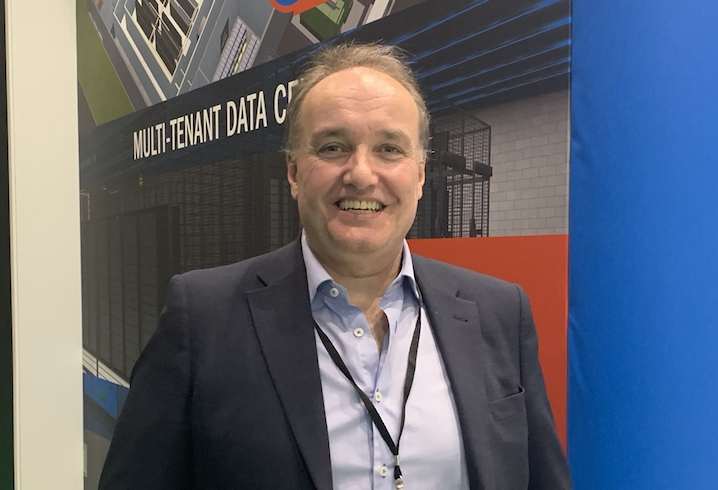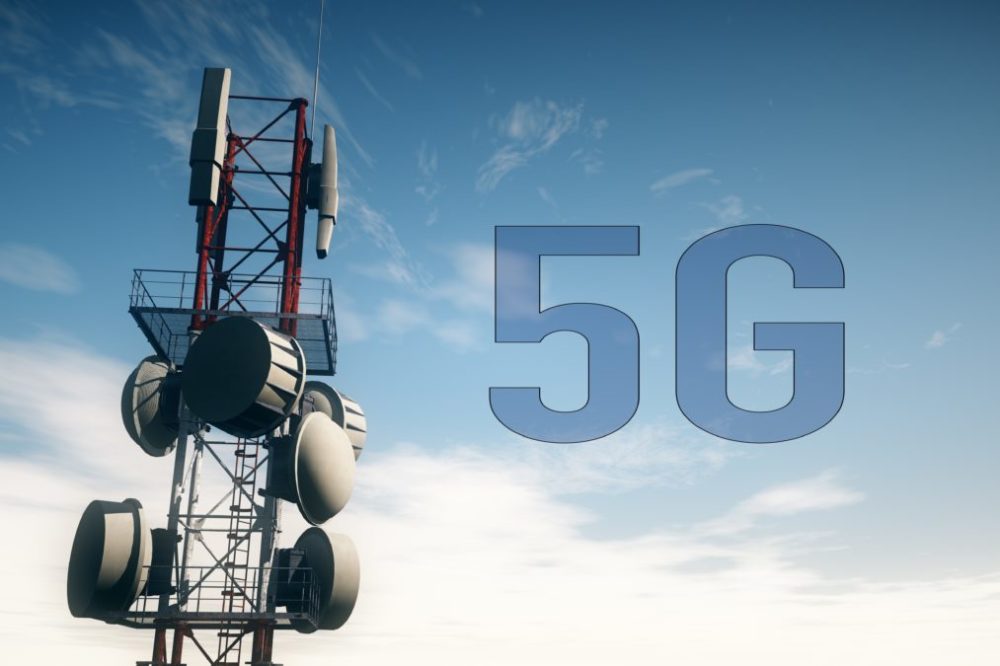After years of anticipation, the 5G network has finally arrived in the UK and the race is on between the operators for its widespread rollout. EE was the first off the mark and switched on their network in areas of London, Cardiff, Belfast, Edinburgh, Birmingham and Manchester on the 30th May. Vodafone is in hot pursuit, launching on the 3rd July, and 02 and Three will be playing catchup later this year.
5G is set to change the face of mobile communications because until now, all mobile broadband networks have been designed to meet the needs of people. 5G, on the other hand, has been designed with machines in mind, offering low-latency and high-efficiency data transfer speeds. Indeed, it will be the underpinning technology behind AI-driven services such as driverless cars, Smart Cities, robots and IoT.
With this in mind, what exactly does the 5G rollout mean from an end user perspective and how should a building owner or integrator be planning for 5G coverage in the short to medium term?
Colin Abrey, Nextivity’s Vice President for Channel Sales for the EMEA region answers a few basic 5G questions to help determine what building owners must take into account when procuring indoor mobile coverage equipment going forwards.
What makes 5G different to 4G?
To effectively plan for 5G it is important to understand how the technology will be delivered, how it is different from current 4G networks and what the planned use cases are. 5G is not just limited to mobile; it is the underlying mechanism that will support a range of M2M applications being deployed and iterated over the next several years. When planning for 5G coverage, it is important to have a clear understanding of the technologies involved and time frame you are planning for.
Why 5G is the heart of Industry 4.0
The first fundamental distinction is the frequencies over which 5G will be delivered: either < 6 GHz or mmWave (28+ GHz), both of which present their own set of challenges. The second distinction is the data transfer speeds involved. Current 4G networks typically have a fifty-millisecond delay whereas 5G is set to offer a delay of one-millisecond. Such small differences are unnoticeable to humans, but they will permit machines to achieve near-seamless communication.
What is 5G mmWave?
5G mmWAVE operates in the 28 GHz and 39 GHz spectra and is able to deliver extremely high data rates to end users, using sophisticated network equipment. There is a downside however, because the higher the frequency, the smaller the coverage range and the less effectively the radio waves can penetrate objects, people, vehicles, buildings, natural obstacles such as terrain, all of which impede signal transmission.
To overcome these issues, not only will the MNOs need to upgrade all base stations, they would also need to install accompanying small cell-style equipment such as antennas every few meters in densely populated areas. This would all require substantial backhaul, therefore further increasing the amount of infrastructure needed.
The road to making 5G a reality in the UK — and the revenue opportunities
When you take into account cellular equipment location requirements, industry regulations, and the cost and time needed to deploy, large-scale rollouts of 5G mmWave are not going to happen anytime soon. Most short-term applications are likely to be for targeted, M2M applications such as remote surgical equipment, driverless cars or smart building infrastructure. Building owners need to ask themselves how they would use 5G mmWave in practical terms and how would it benefit their tenants/employees/customers.
What is 5G Sub-6GHz?
When considering 5G for end users, the frequency bands below 6 GHz are much more relevant to building owners because of the greater coverage distances and propagation rates. The initial rollout of 5G networks in the UK will primarily be on bands between 3.4 and 3.6GHz. However, even though the 5G auction has now been completed, the 3.8GHZ spectrum has yet to be opened up and the current 4G network will remain the dominant coverage technology for voice and data services for the next ten years at least.

What about safety and security?
While 5G is set to provide faster connectivity, it is not without its concerns. A shadow is currently hanging over all MNO rollout plans in the UK because of a possible ban on the use of Huawei chips for security reasons. Politics aside, the greater number of access points being made available as a result of 5G, some of which will be connected to vital technologies like power stations or driverless vehicles, pose wider security issues because more areas are open to attack by hackers.
How 5G introduces new security vulnerabilities
What should building owners do about 5G in the short term?
3G has been with us for almost 20 years and 4G for around 10 years, yet many building owners are still unable to provide adequate indoor coverage. The immediate to medium term plans for the operators will be to migrate the 3G bands to deliver additional 4G capacity. 4G itself will be the predominant service through most of the next decade, as it will take time for the MNOs to build and roll out their 5G networks and even then, efforts will be focused on outdoor coverage.
Written by Susan Hunt, Project Marketing Company







